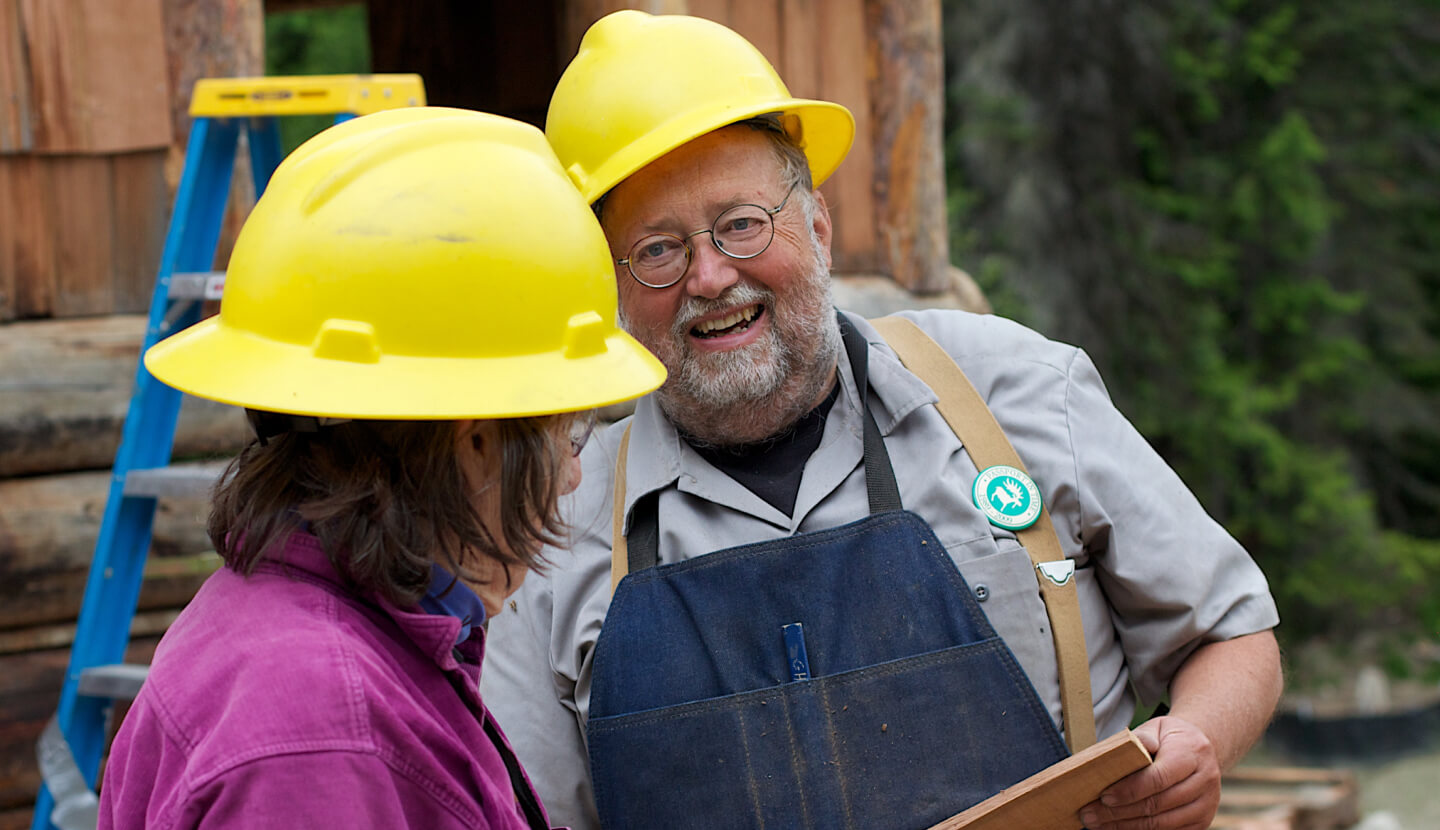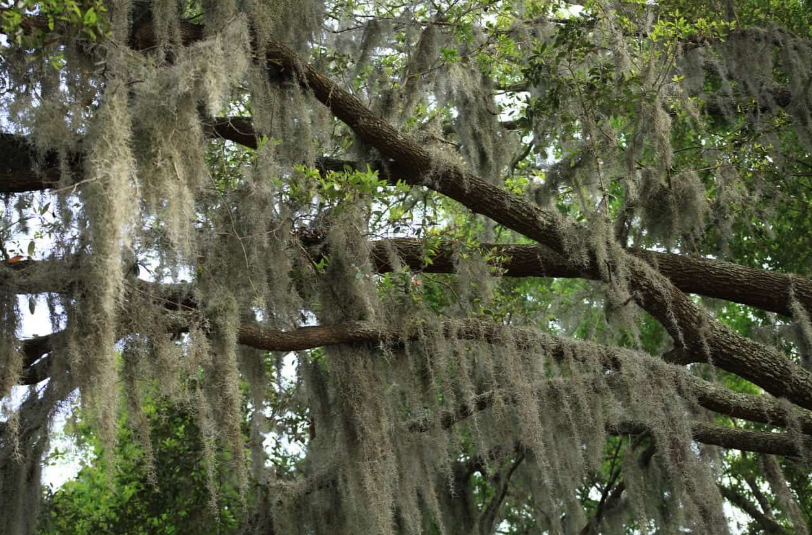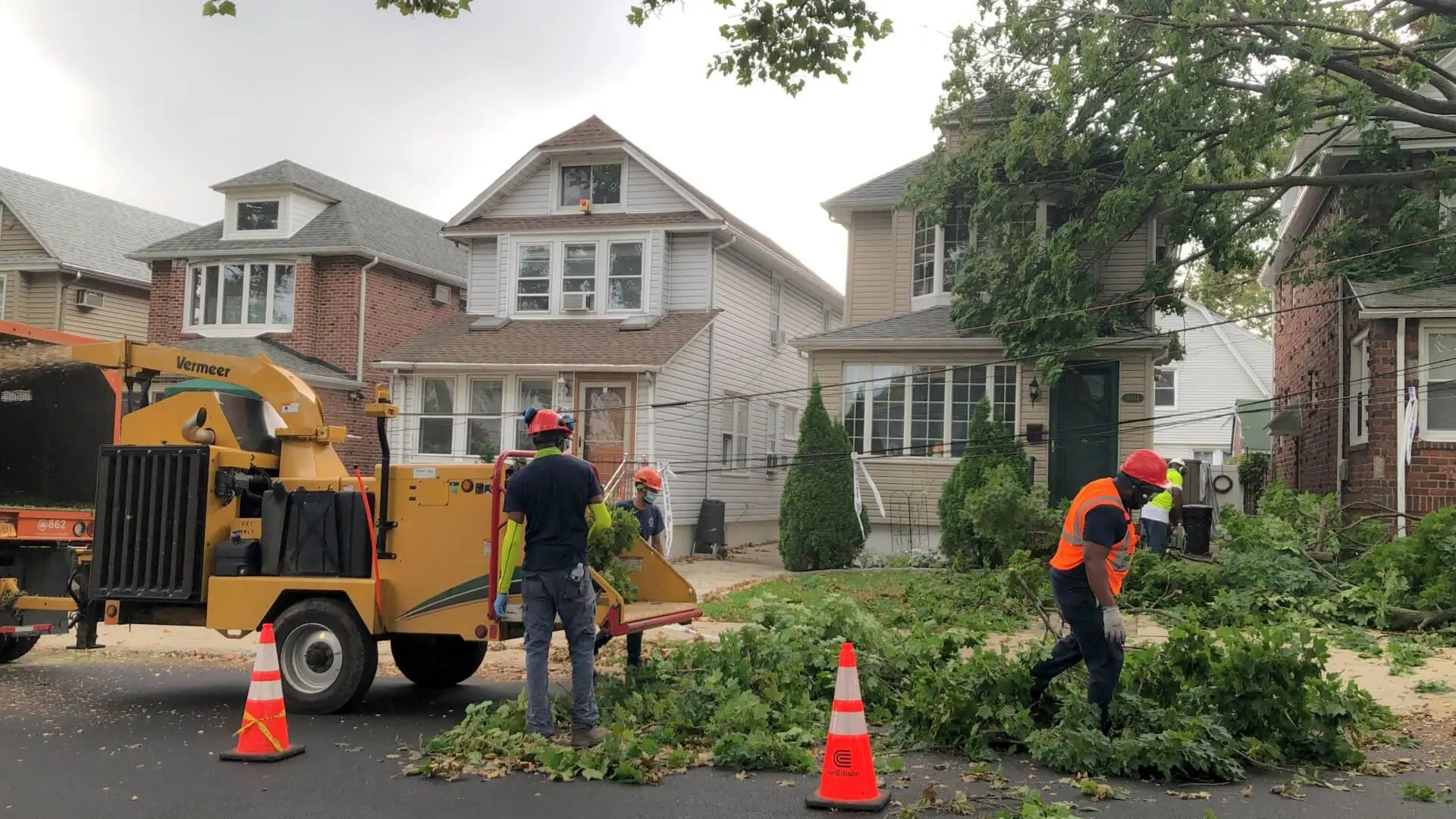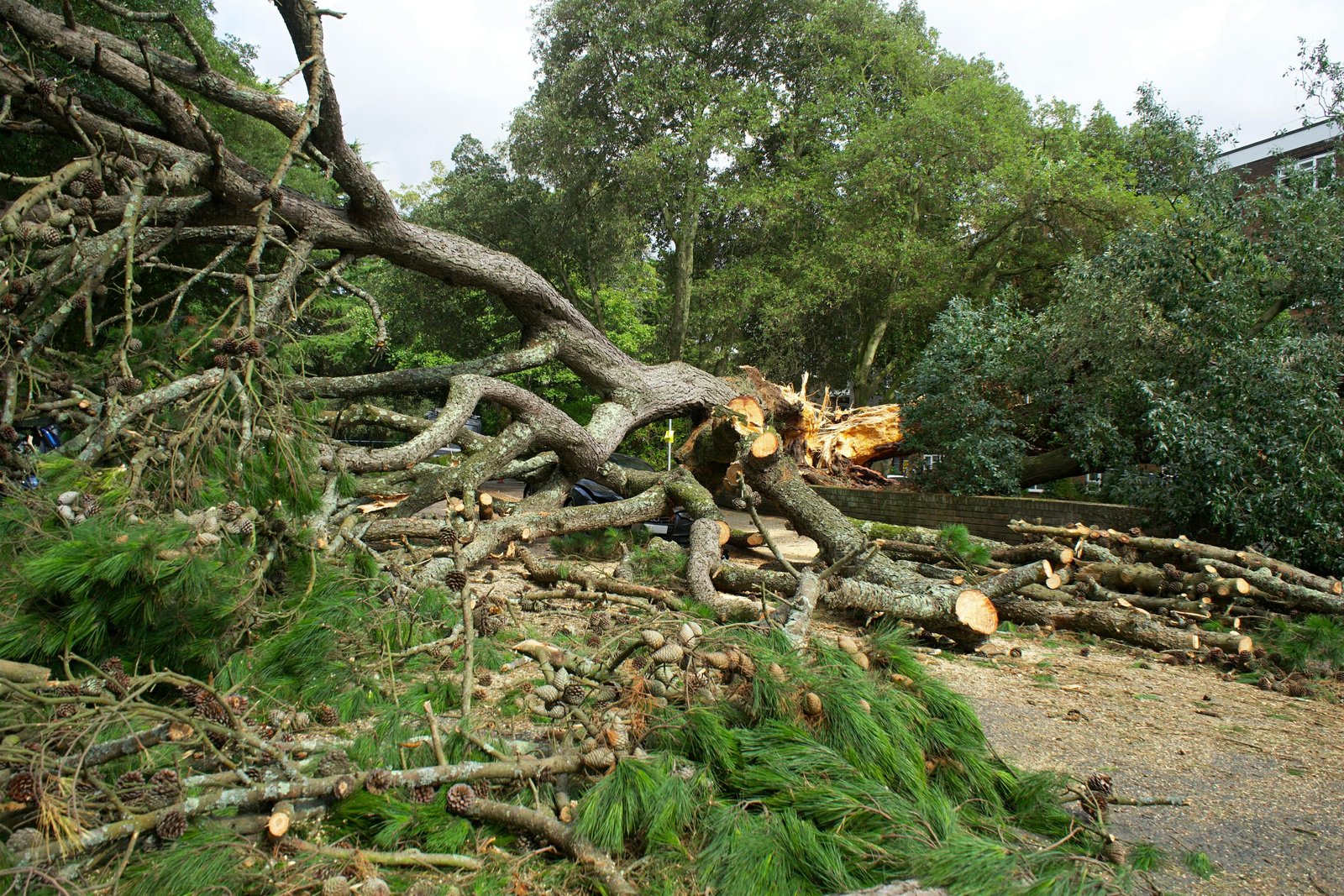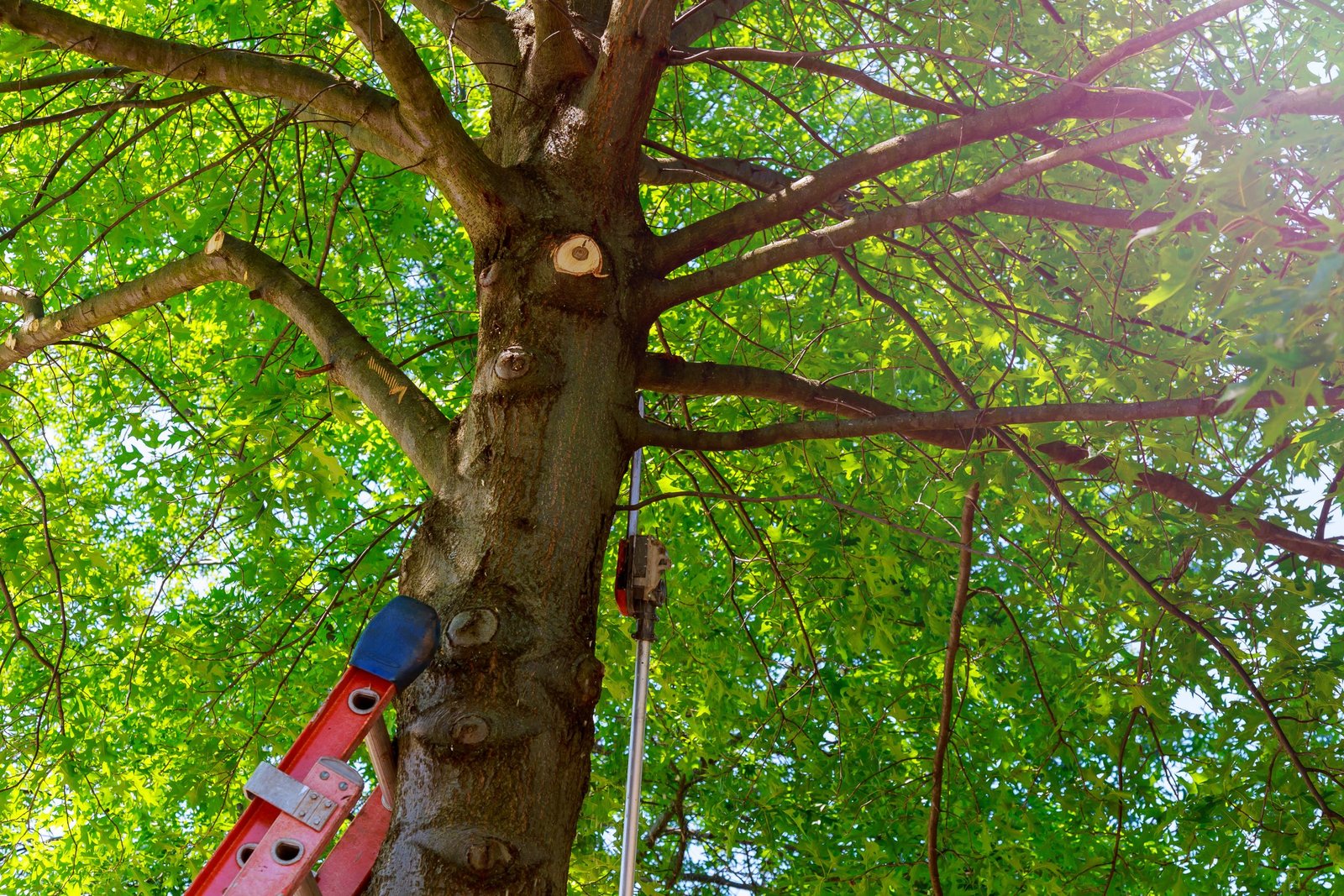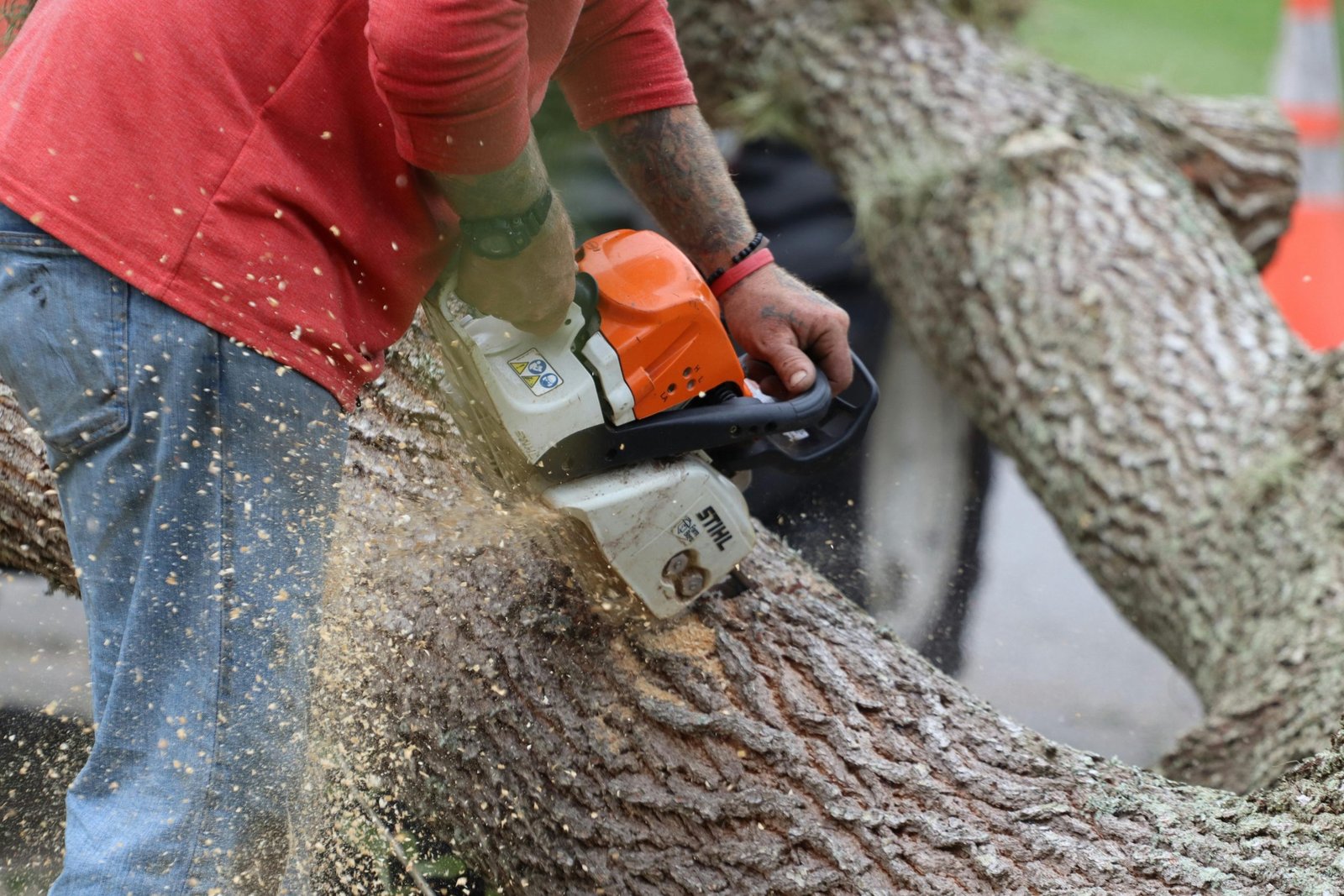Wondering how to remove moss from your trees? You are not alone. Many homeowners often struggle to remove moss. Yes, they do give an ancient and forestry, but they can cause great harm to the health of your trees. In this guide, we will tell you exactly what moss is and how dangerous it is for your trees. We will walk you through some basic techniques to make your trees thrive again..
What Is Moss and Why Does It Grow on Trees?
Moss is a type of tiny, green, and non-flowering plant. It is called a bryophyte. Having no roots, it just hangs on the tree and doesn’t get any nutrients from the tree.
But things go bad when it spreads across the bark. It traps moisture and creates the perfect environment for fungus and pests.
Moss loves:
- Damp conditions
- Shade
- Low air circulation
So if your tree is in a shaded, humid area or surrounded by other trees, it is very likely to develop moss.
Is Moss Bad for Trees?
Moss itself isn’t parasitic. It doesn’t feed on your tree like ivy or mistletoe.
You can wish to leave moss on your tree if it is light and affecting the bark. But if your tree is not mature and healthy and the moss is thick, then remove it. This is because heavy moss can cause problems by:
- Hold moisture against the bark (which can lead to rot)
- Weighing down branches
- Hiding pests or fungus
- Block sunlight from reaching leaves
Trees most prone to moss:
- Oak trees
- Maple trees
- Fruit trees (especially in orchards)
- Older trees with rough bark
Also, people often confuse moss with lichen or algae.
Let’s clear that up:
| Plant Type | Harms Trees? | Appearance |
| Moss | Sometimes | Green, fuzzy, dense |
| Lichen | No | Flat, crusty, often grey-green |
| Algae | Rarely | Slimy, green, slippery |
So if you moss and it grows like crazy, you might hurt your tree. This happens especially when your bark is wet all the time and is subjected to damage.
When Is the Best Time to Remove Moss From Trees?
Timing is everything. The best time ranges from late winter or early spring.
Why so?
- Trees are dormant (less stress)
- Moss hasn’t fully bloomed yet
- You can even pair it with pruning seasons.
But you should avoid moss removal in extreme heat or heavy rain.
What Tools Do You Need To Remove Moss From Trees?
You need multiple tools to get rid of moss. Check out this list to know what tool you need and for what purpose:
- A Soft-bristle brush to remove moss gently.
- A garden sprayer or commercially made solutions to apply to moss.
- Ladder to reach high branches.
- Hose to rinse gently if needed
- Safety gloves to protect your hands.
- Do wear eye protection to avoid spray splash.
- A bucket is optiona,l but you can use it to collect moss to keep your landscapes neat and tidy. Do not leave it on the ground as moss can regrow.
Safety Tips Before You Start
You’re dealing with trees, moisture, and possibly climbing. So one should play it safe.
- Wear gloves to protect your hands.
- Use goggles when spraying anything
- Avoid ladders on uneven ground.
- Do NOT use a pressure washer. It will strip the bark and destroy your tree.
- Always test sprays on a small patch first.
If your tree is very tall, you can opt for a professional moss removal by hiring an arborist. They have years of experience and use the right gear to protect your trees.
Step-by-Step: How to Remove Moss From Trees
Step 1: Inspect Your Tree
Before you grab any tools, evaluate the condition of your tree. Check:
- How much moss is there?
- What type of bark are you working with? Rough bark needs more care.
- Any signs of damage underneath? (peeling, insects, moisture)
This helps you to choose the safest method.
Step 2: Choose Your Removal Method
Manual Removal
The easiest and safest method for small patches.
What you need:
- Soft-bristle brush (no wire!)
- Ladder (if needed)
- Patience
How to do it:
- Start at the base. Then work upwards.
- Gently brush the moss away. Do it towards a downward motion.
- Don’t scrape or peel off bark. It is alive and, once damaged, can cause infestations.
Do not use metal tools at all costs. You are not scrubbing a grill.
Natural Home Remedies
Want something chemical-free? Try these DIY cleaning solutions
- Baking Soda Spray
- 2 tablespoons baking soda
- 1 quart water
- Mix in a spray bottle.
- Spray directly on moss.
- Wait a few days, then gently brush off.
This is very safe and easy to use.
- White Vinegar Solution
Use this occasionally and don’t overdo it. This is because vinegar is acidic and can damage bark if used too often. To make this solution:
- Mix one part vinegar to four parts water.
- Spray lightly on moss (test on a small area first!).
- Wait a few days, then brush off.
Commercial Moss Killers
Need a quick solution without any struggle? Use these commercial solutions when your moss has dried out for best results. Make sure there is no rain in the forecast as well and temperatures are above freezing.
- Safer Brand Moss & Algae Killer
- Active ingredient: potassium salts of fatty acids
- Ready-to-use
- Doesn’t harm surrounding vegetation
- Works on bark, patios, even roofs
- Results in 24–48 hours
2. Lilly Miller Moss Out! For Lawns & Trees
- Specially labeled for use on trees
- Best used in dry weather
- Spray directly onto moss
- Avoid runoff into garden beds
What solutions to avoid?
Never use these, else they will murder your tree!
- Bleach
- Zinc or copper sulfate
- Ammonia-based cleaners
- Household herbicides
Prevention Tips to Avoid Moss From Growing Back on Trees
Removed these tiny plants? Great Job. But if you stop there, you will have to brush the same moss again every year. Follow these prevention tips to avoid the green stuff from coming back:
- Prune for Sunlight
Moss loves shade. You should cut large branches or even trees that block sunlight. Don’t butcher your tree, just cut it enough so sunlight can pass through and prevent moss growth.
2. Improve Air Circulation
Thick tree canopies trap moisture which feeds moss. Prune any crowded branches to prevent this. If you have got some shrubs or plants growing close to the tree, get rid of them as well.
3. Reduce Moisture Around the Tree
Damp environments are moss heaven. Fix poor drainage near the base of the tree and reroute sprinkler systems. Also, avoid overwatering and use less amount of mulch near your trunks to prevent moisture.
4. Keep the Tree Bark Clean
Do a yearly cleanup of your trees. This will sweep off any early moss and prevent damage to your tree.
5. Apply a Preventive Treatment
Use a moss control spray once a year. This will prevent the growth before it starts forming again.
Conclusion: Keep Your Trees in Check
Removing moss from trees isn’t hard. But it does require a lot of patience, gentle hands, and preventive care. In this way, not only will trees look better, but they will become healthier and stronger for years to come. Seeking a professional arborist to remove moss from your trees? Hire our passionate tree experts at BX Tree Service to safely remove these tiny greens and revitalize your tree. Contact us to get a rough estimate of our services.

